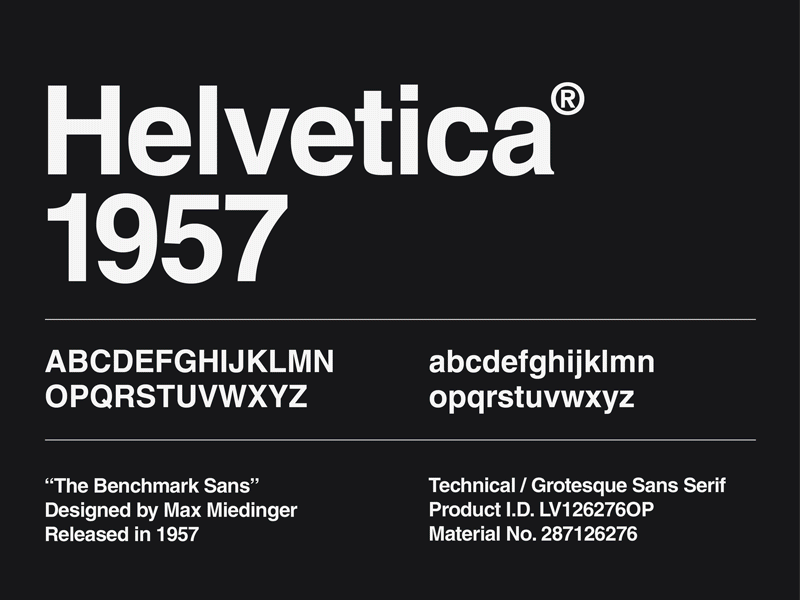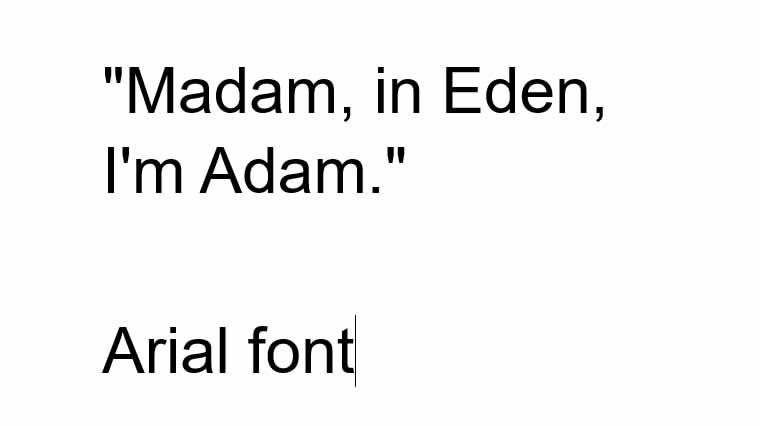- Versatility: OTF (OpenType) fonts are highly versatile and can contain a wide range of characters, including extended Latin alphabets, diacritical marks, ligatures, and symbols. This makes them suitable for multilingual projects and diverse design needs.
- Advanced Typography Features: OTF fonts support advanced typographic features such as contextual alternates, discretionary ligatures, small caps, stylistic sets, and more. These features allow designers to add visual interest and enhance the overall aesthetics of their typography.
- Improved Legibility: OTF fonts often have enhanced hinting and anti-aliasing algorithms, which contribute to improved legibility on both screen and print. The precise control over character shapes and spacing helps ensure clarity and readability at various sizes.
- Font Styles and Variations: OTF fonts can contain multiple font styles and variations within a single file, such as regular, italic, bold, and bold italic. This eliminates the need to manage separate font files for different styles, making it more convenient for designers.
- Enhanced Language Support: OTF fonts have better language support compared to other font formats. They can include a broader range of characters and diacritical marks, making them suitable for languages with complex writing systems and extensive character sets.
- Small File Size: OTF fonts often have smaller file sizes compared to other font formats like TTF (TrueType). This makes them more efficient for web embedding and faster to load on websites or digital applications.
- Scalability: OTF fonts are designed to scale smoothly without loss of quality or sharpness. Whether the text is displayed at small sizes or enlarged for large-format printing, the fonts retain their visual integrity and legibility.
- Improved Security: OTF fonts offer enhanced security features, such as font encryption and digital signatures. This helps protect against unauthorized copying and ensures the integrity of the font files.
- Support for Complex Layouts: OTF fonts provide better support for complex typographic layouts, such as those found in professional publishing and typesetting. They can handle advanced features like kerning, ligatures, and alternate glyphs more effectively.
- Cross-Platform Compatibility: OTF fonts are widely supported across different operating systems (Windows, macOS, Linux) and design software. This ensures consistent and reliable rendering of the typography across various platforms and devices.
In conclusion, OTF fonts offer numerous advantages, including versatility, advanced typography features, improved legibility, font style variations, enhanced language support, small file size, scalability, improved security, support for complex layouts, and cross-platform compatibility. These benefits make OTF fonts a popular choice among designers and typographers for a wide range of projects and design requirements.





